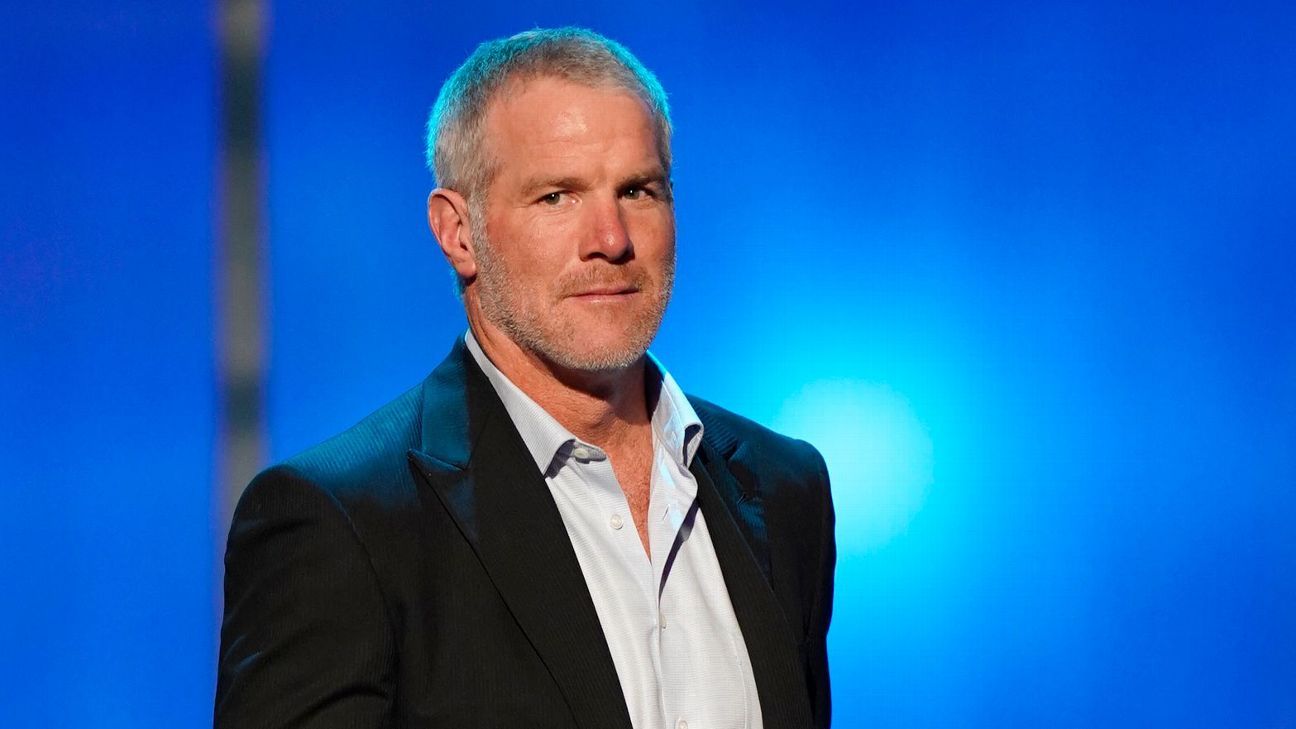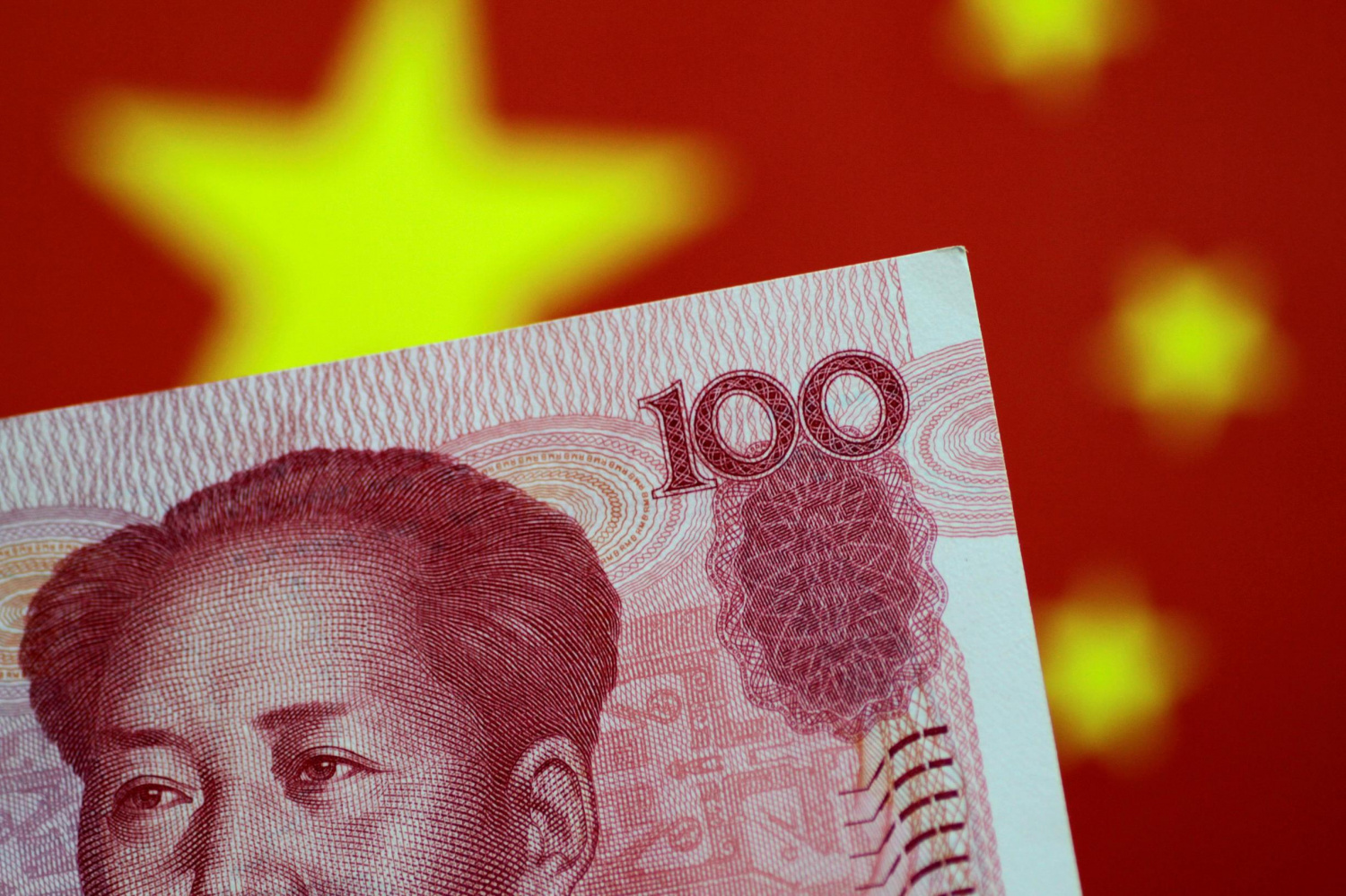

That has led Beijing to call for those institutions to take a haircut as well-a position that lacks support from the rest of the international community, including some borrowers. Multilateral lenders such as the IMF and World Bank, which lend at zero or extremely low interest rates, account for an additional 32 percent. The private sector, by contrast, accounts for about 40 percent. The scale and depth of debt issues faced in particular by many African countries require a magnanimous, multilateral approach from all classes of creditorsīy some estimates, China’s collection of official and quasi-official lenders accounts for around 13 percent of Africa’s stock of private- and public-sector external debt, much of it made at commercial rates. But those talks have dragged, offering little hope to nations on the brink of default. Committees for Ghana and Sri Lanka are likely to follow suit. Creditor committees have been established for some of the worst-off debtors-Zambia, Chad, and Ethiopia-with varied results. To be sure, there have been small steps in that direction.

Comprehensive debt solutions will only become possible when the arm-twisting turns to private-sector creditors (such as powerful asset managers BlackRock and Aberdeen Asset Management and Swiss commodities giant Glencore) whose lending represents a large proportion of several countries’ debt. But Chinese flexibility alone will not be enough to resolve the crisis. It is the inevitable result of Beijing’s decision to move at a snail’s pace to resolve the debt crisis that is resulting from its extensive lending-more than eight hundred billion dollars to developing countries between 20. India’s tongue-lashing of China, coupled with pressure on Beijing from the United States, World Bank, and IMF, brings unprecedented pressure to bear on a single sovereign lender. The meeting, however, can be a hopeful, fresh start.

But representatives of the bondholders and some bankers who are major lenders to developing countries were expected to be absent from the discussions as the governments seek to resolve their differences. The debt issue will be front and center when G20 finance ministers meet in India this week, with the Indian chair clearly prepared to turn up the heat on recalcitrant creditors.

However, the international community has struggled to offer a cohesive solution to resolve the most urgent cases, as the damage from COVID-19 continues to deepen, global growth remains slow, and high inflation continues. The International Monetary Fund (IMF) estimates that 60 percent of low-income countries are in, or at high risk of, debt distress-double the 2015 level. The international community must apply pressure so that China and private-sector lenders join in facilitating a collective haircut that includes all lenders.Īs this year’s G20 chair, India clearly wants to position itself as the voice of the Global South, and resolving developing-country debt distress will serve as validation of its approach. “How is that possible? Everybody has to take a haircut.” “It can’t be that the International Monetary Fund takes a haircut, and it goes to settle Chinese debt,” he continued.
CHINA DEBT DEFAULTS HOW TO
“China needs to come out openly and say what their debt is and how to settle it,” Kant declared in response to recent calls from China for the multilateral lenders to write off debt to poor countries. It came as a shock last week when India’s Group of Twenty (G20) Sherpa Amitabh Kant-ditching the technical and dense language of economic diplomacy-took on China over the matter of resolving debt in developing countries.


 0 kommentar(er)
0 kommentar(er)
